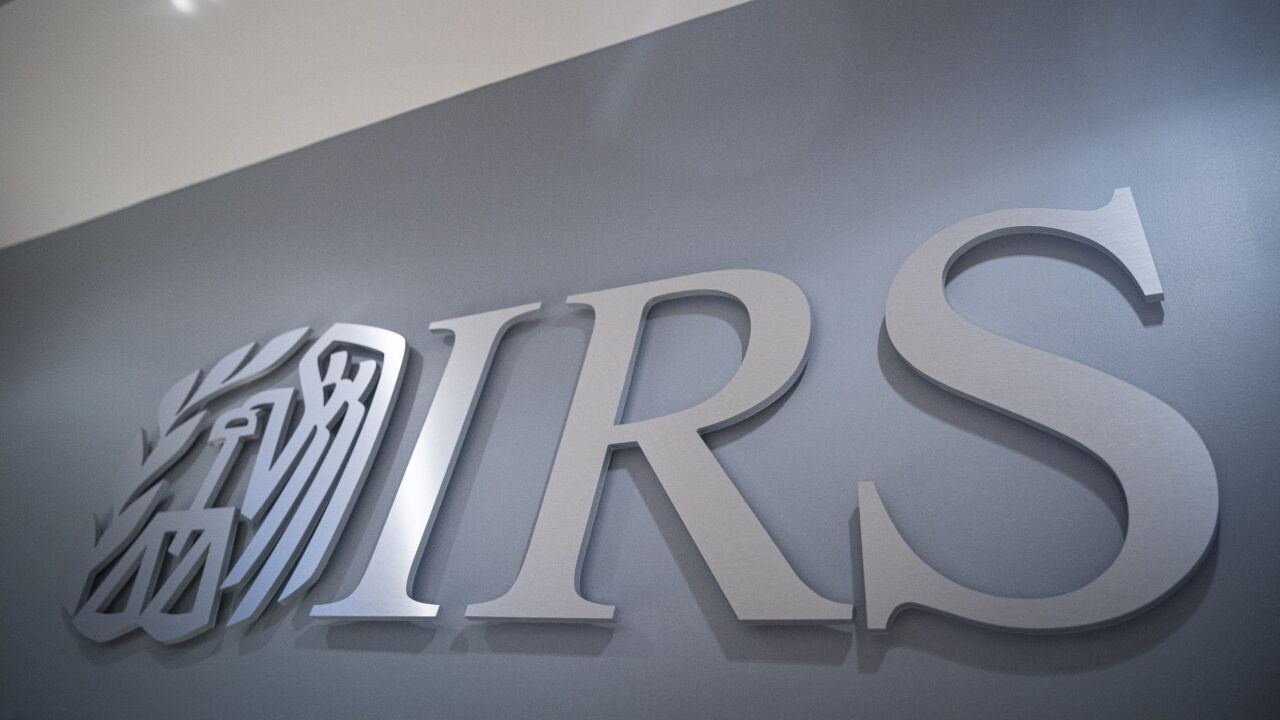A top renewable power trade group endorsed rigorous requirements for a new hydrogen tax credit that would rule out the use of electricity from older wind, solar and nuclear facilities.
The approach, advanced by the American Clean Power Association on Thursday, came amid a furious lobbying feud in Washington and as the U.S. Treasury Department drafts guidance for claiming the hydrogen production tax credit created by last year's sweeping climate law.
Hydrogen is seen as a critical fuel for decarbonizing steelmaking, cement production and other heavy industry — and the tax credit is viewed as an essential incentive to spur its development. Potential hydrogen developers are worried strict limits will stifle the nascent industry by raising costs so much that some planned projects don't make economic sense.

But some environmental groups and congressional Democrats insist that without tight constraints, the growth in energy demand from new, green hydrogen projects could ultimately encourage more fossil-fuel-based power generation and unleash more greenhouse gas emissions, undermining the tax credit's climate goals. They are arguing for mandates requiring hydrogen projects be supplied by new, clean power, operating on the same grid and during the same time.
The ACP
"These guardrails are not inconsequential," Grumet conceded. "They will raise the cost of hydrogen production and they will potentially constrict the early market entry." But the alternative could be limits "so restrictive it stops the market from moving forward at all or is so flexible that it doesn't actually achieve the purpose of the program."
Under ACP's framework, electrolyzers used to produce hydrogen would have to be powered by clean electric supplies that come online within three years, though there would be allowances for significantly upgraded sites (such as wind farms retrofitted with new, bigger blades). The group would give more flexibility to the earliest green hydrogen ventures, with strict hourly requirements for clean power imposed for projects that begin construction after Dec. 31, 2028.
Developers said the proposal was still too strict. It could "chill development of the essential first generation of clean-hydrogen facilities," and would "leave nuclear and hydropower out altogether," said Frank Wolak, president and chief executive officer of the Fuel Cell and Hydrogen Energy Association.
Environmentalists cast the plan as too permissive. Rachel Fakhry, director of emerging technologies at the Natural Resources Defense Council, said the recommendations "still concede too much to a few companies hungry for billions in tax credits and careless toward emissions or an actual clean hydrogen." Even if new clean power supplies are required, she said, the lack of consistent hourly time-matching requirements would spur substantial emissions increases that undermine the industry's credibility and are "a monster gamble on our electric grid."





